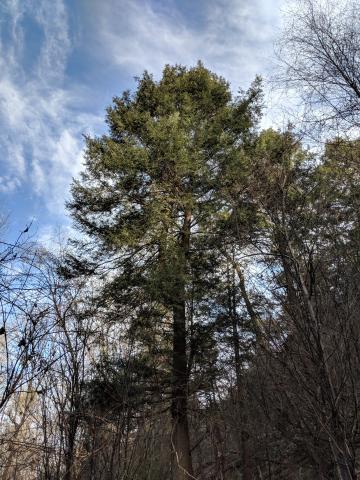
The eastern hemlock is not one of those ubiquitous, celebrity trees such as the white oak or the white pine. Throughout much of its range — from northern Alabama up to New Brunswick, Canada, and Minnesota — the hemlock has lurked mainly in dark mountain valleys, where the cool, moist climate favored it over competitors. In northern states and Canada, it mixed with sugar maple, beech and other cold-hardy forest dwellers. Still, the tree has inspired naturalists and writers from Henry David Thoreau to Robert Frost, who took solace from snow falling from a hemlock.
Then, starting in the 1970s, a tiny aphid-like insect known as hemlock woolly adelgid, originally from Japan, unleashed the tree version of a pandemic in American hemlock forests. The adelgid, recognizable by cotton-like fuzz it produces while feeding on hemlock needles, has killed millions of trees and upended ecosystems throughout the eastern United States. Having turned much of Appalachia and New England into tree graveyards, the insect reached the Eastern Shore of Lake Michigan by 2016 and threatens to continue its death march through the upper Midwest.
Many scientists and foresters wrote off the hemlock as a lost cause. But a few wondered whether rare combinations of adelgid-resistance genes might lurk in the trees. Those scientists sought, propagated and planted cuttings from trees that remained green when their neighbors had become gray ghosts.

